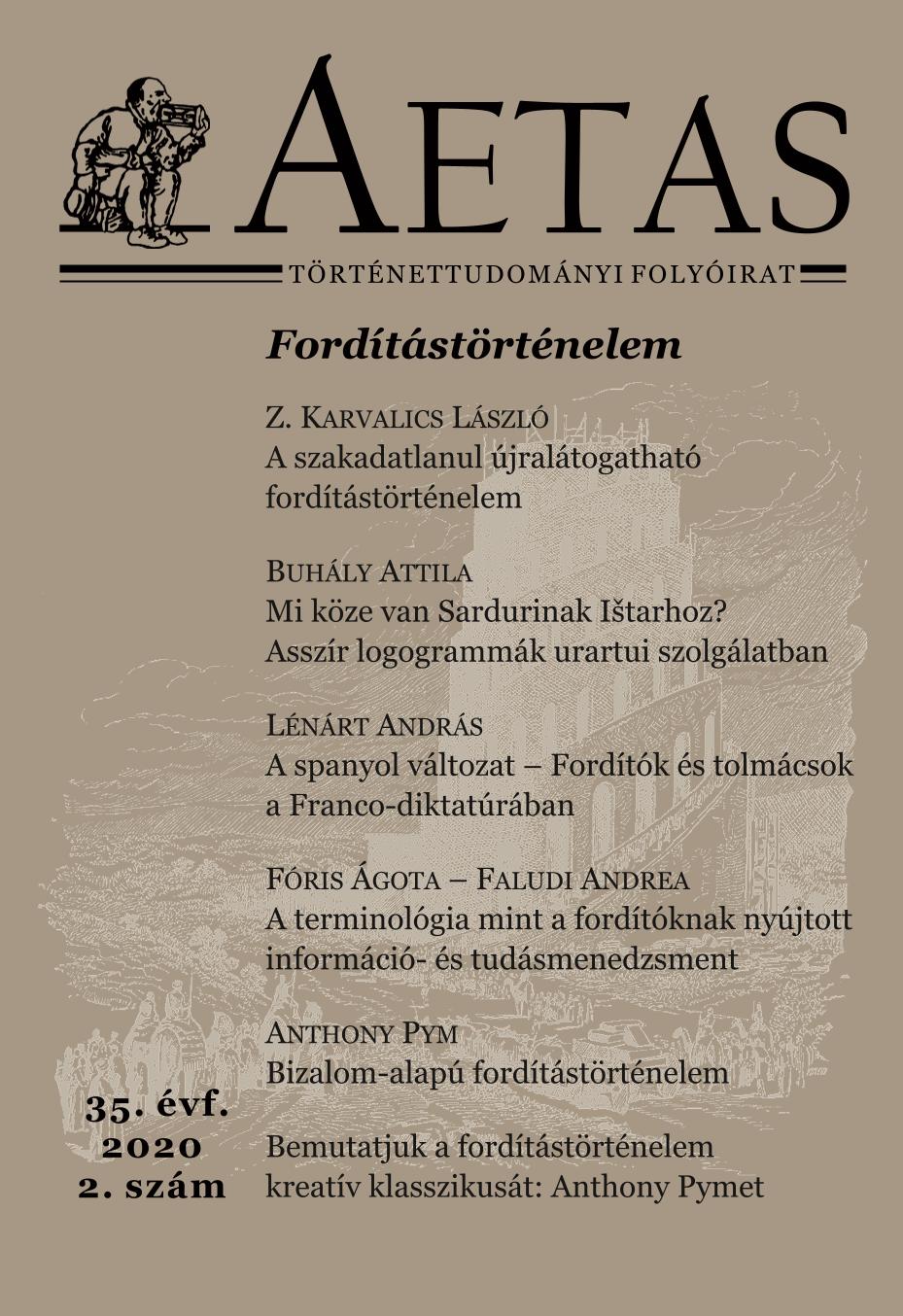Mi köze van Sardurinak Ištarhoz? Asszír logogrammák urartui szolgálatban
What Does Sarduri Have To Do With Ištar? An Assyrian Logogram as a Means of Legitimacy in Urartu
Author(s): Attila BuhálySubject(s): Ancient World
Published by: AETAS Könyv- és Lapkiadó Egyesület
Summary/Abstract: According to Dan Sperber, thoughts spread from person to person like infections: they appear primarily as sets of concepts that have been received from somewhere else, or at least their certain specific elements come from outside sources. This holds true for the establishment of the state in Urartu at the end of the ninth century BC, when a number of cultural and technical elements of culture and power appeared in Eastern Anatolia, which were previously typical in the Assyrian Empire: the use of literacy, including taking over various expressions of domination, titles with purposes of legitimacy and the use of symbols. The starting point of the paper is a rather specific written representation of the name of the first known King of Urartu, Sarduri I: the name of the king resembles the Assyrian phrase "Ištar is my strength". The fact that the creator of (or who ordered) the first inscriptions in Urartu took advantage of the possibilities resulting from this acoustic similarity, at least in Assyrian texts, shows that the evolving Urartu State consciously started using the various power-ideology and legitimacy elements of Mesopotamian origin.
Journal: AETAS - Történettudományi folyóirat
- Issue Year: 2020
- Issue No: 2
- Page Range: 17-25
- Page Count: 9
- Language: Hungarian

